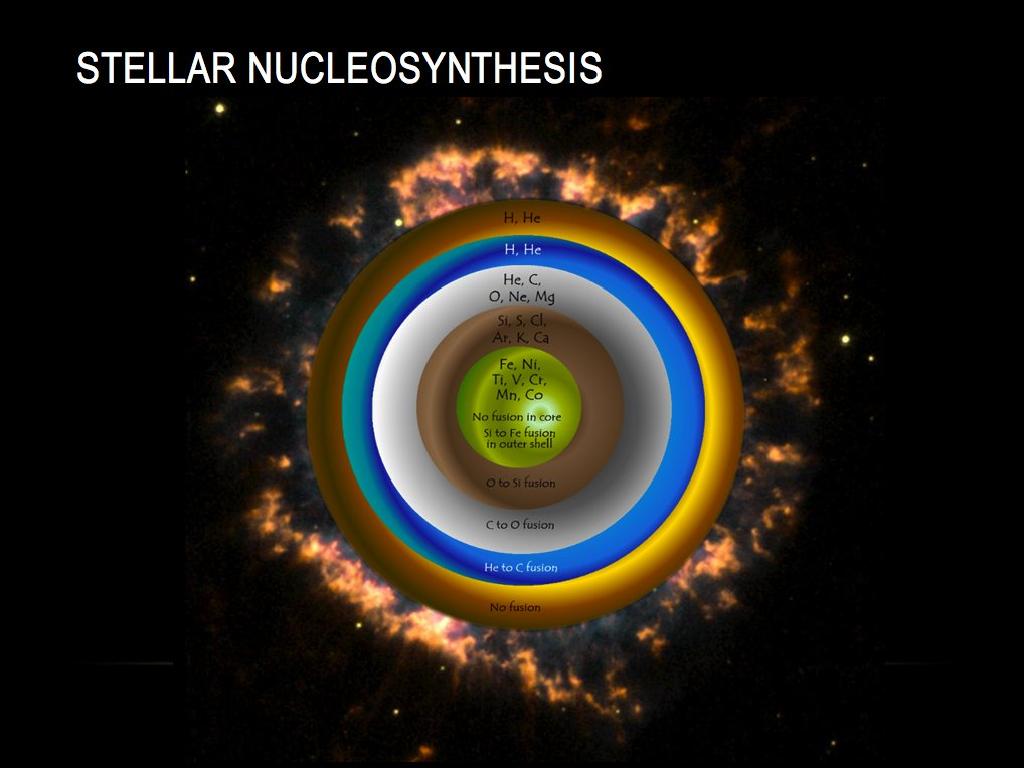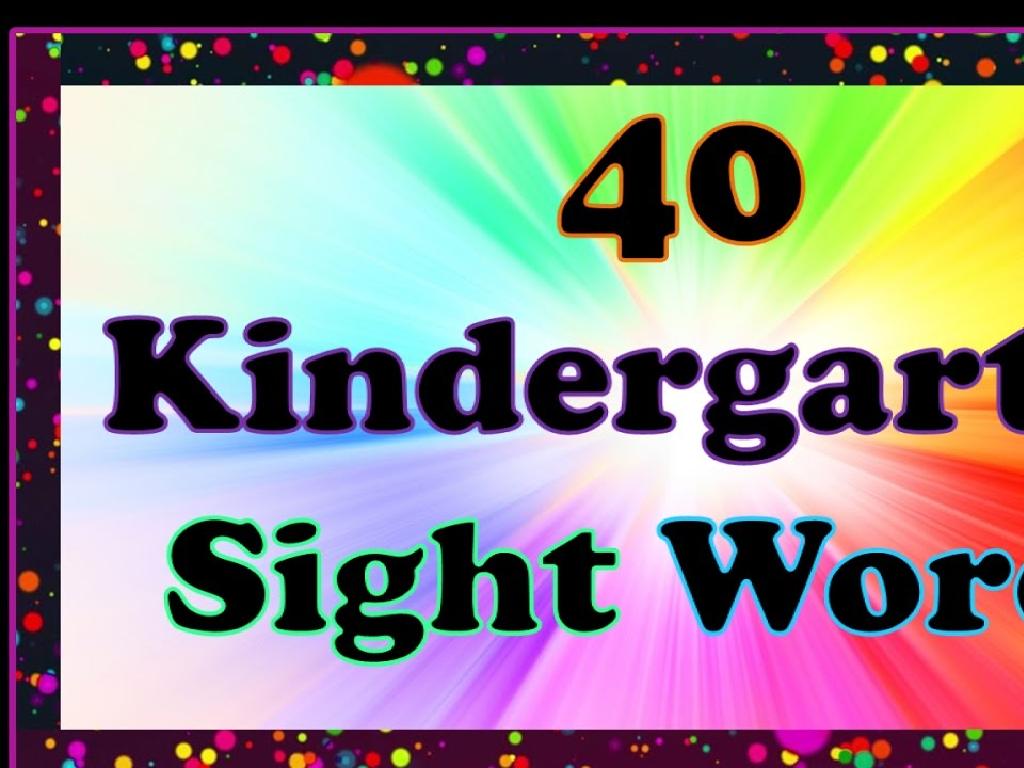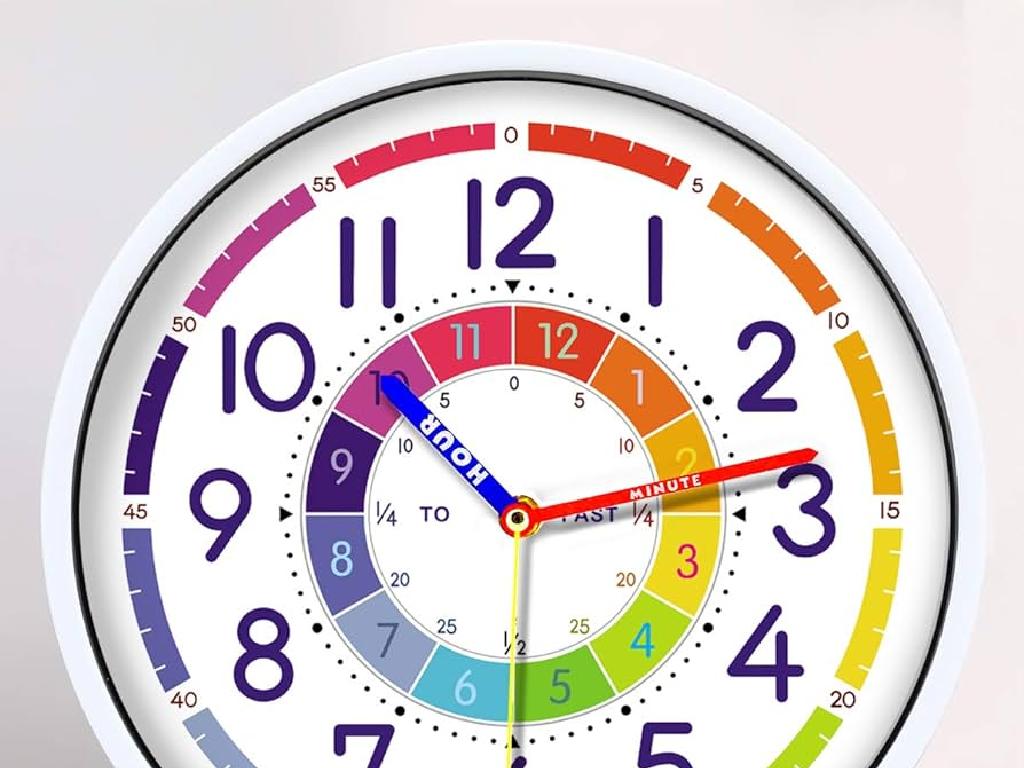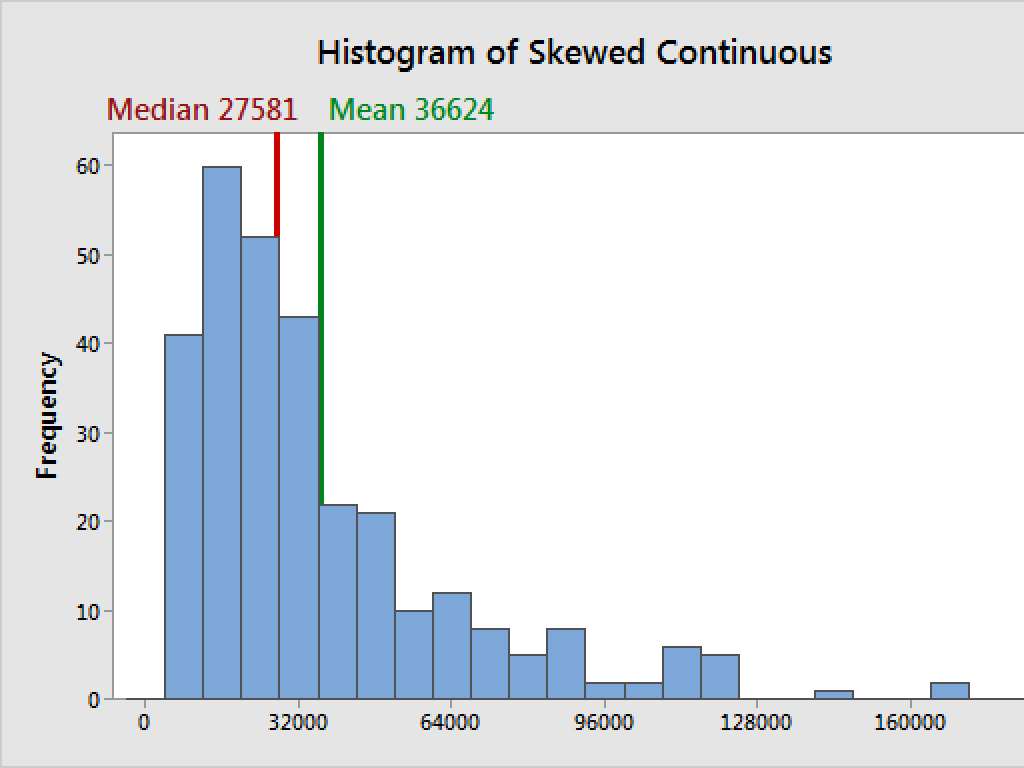Sort Objects By Three-Dimensional Shape
Subject: Science
Grade: Kindergarten
Topic: Shapes And Colors
Please LOG IN to download the presentation. Access is available to registered users only.
View More Content
Welcome to Shapes!
– Greet the class: ‘Good morning!’
– Today’s topic: 3D shapes
– 3D shapes are not flat, they have depth
– Ask the class about shapes
– Examples: cube, sphere, cylinder
– Encourage shape exploration
– Let’s find and touch shapes around us
|
Begin the class with a warm greeting to make the students feel comfortable. Introduce the concept of three-dimensional shapes, emphasizing that unlike flat shapes, 3D shapes have depth. Engage the students by asking them to name any shapes they already know, which could include both 2D and 3D shapes. Use this opportunity to assess their prior knowledge. Encourage the children to think about and explore the different shapes they encounter in their daily lives, such as balls (spheres), boxes (cubes), and cans (cylinders). This will help them connect the lesson to the real world. Prepare to show examples of 3D shapes in the classroom for a hands-on experience.
Exploring 3D Shapes
– 3D shapes are block-like
– They have 3 dimensions
– Length, width, and height
– Examples: cubes, spheres
– Cube: dice, Sphere: ball, Cylinder: can
– Recognizing everyday 3D shapes
– Find shapes in the classroom
|
Introduce the concept of 3D shapes by comparing them to familiar objects like blocks that children play with. Explain that unlike flat shapes, 3D shapes have three dimensions: length, width, and height. Show examples of each shape using common objects cubes (dice), spheres (balls), and cylinders (cans). Encourage the children to recognize these shapes in their surroundings, such as in the classroom or at home, to reinforce their understanding. Prepare physical examples of each shape for the children to touch and interact with, enhancing their learning experience.
Meet the 3D Shapes!
– Cube: A dice or block
– Sphere: A ball or orange
– Cylinder: A can or cup
– Cone: A party hat
– Think of yummy ice cream cones!
– Pyramid: Egyptian pyramids
|
This slide introduces Kindergarten students to basic three-dimensional shapes by associating them with familiar objects. The cube is related to a dice or block, which they may have played with. The sphere is compared to a ball they might throw or an orange they eat. A cylinder is likened to a can from the pantry or a cup they drink from. The cone is associated with a party hat they wear or an ice cream cone they enjoy. Lastly, the pyramid is connected to the famous Egyptian pyramids, which they may have seen in pictures or books. Encourage the students to bring or point out objects from their surroundings that match these shapes to reinforce their learning.
Sorting Shapes by Faces
– What does sorting mean?
Sorting is grouping similar items together.
– Sorting shapes by appearance
– Counting faces on shapes
Faces are the flat surfaces of a 3D shape.
– Group shapes with same faces
Put all shapes with the same number of faces in one group.
|
This slide introduces the concept of sorting, a fundamental skill in early mathematics and science. Begin by explaining that sorting is a way to organize objects that are alike into groups. Emphasize that shapes can be sorted in many ways, including by color, size, or, as in this lesson, by the number of faces. Explain what a face is on a three-dimensional shape and demonstrate counting them on various shapes like cubes, cylinders, and pyramids. Engage the students in an activity where they sort a collection of shapes into groups based on the number of faces. This hands-on activity will help them understand the concept of sorting and the properties of different shapes.
Hands-On Activity: Shape Sorting!
– Sort shapes into baskets
– One basket per shape
– Teamwork is key
– Work with friends to find where each shape goes
– Have fun and help out
– Remember to share and be kind as you sort
|
This slide introduces a hands-on classroom activity designed to help Kindergarten students recognize and sort three-dimensional shapes. Set up baskets around the room, each labeled with the name of a different 3D shape (e.g., sphere, cube, cylinder, cone). Provide a variety of objects or shape cutouts for the children to sort. Encourage the students to work together to place each object in the correct basket based on its shape. Emphasize the importance of teamwork and helping each other during the activity. Possible variations of the activity could include sorting by size or color after the initial shape sort, using a timer to make it a game, or having students create their own shapes to add to the baskets. The goal is to create a fun, interactive learning experience that reinforces their understanding of three-dimensional shapes.
Class Activity: Shape Hunt Adventure
– Let’s explore and find 3D shapes
– Match objects to 3D shape baskets
– Find a ball for a sphere, a box for a cube
– Work together with classmates
– Have fun sorting shapes
|
This activity is designed to help Kindergarten students recognize and sort three-dimensional shapes in a fun and interactive way. Set up baskets around the room, each labeled with a different 3D shape name (sphere, cube, cylinder, etc.). Encourage the children to explore the classroom and find items that match the shapes of the baskets. They should work in small groups to discuss and decide where each object belongs. This collaborative task will not only reinforce their understanding of 3D shapes but also promote teamwork and communication skills. Possible objects to sort could include balls, boxes, cans, and toy blocks. Ensure that the classroom is safe for exploration and that all students are actively participating.
Review Time: 3D Shapes
– Recap the 3D shapes learned
– Name each sorted shape
– Cube, sphere, cylinder, cone
– Praise for the shape hunt
– Reinforce shape recognition
– Play a game: ‘I spy with my little eye, a shape that looks like a box!’
|
This slide is meant to conclude the lesson on three-dimensional shapes. Start by recapping the shapes that were introduced during the lesson, such as cubes, spheres, cylinders, and cones. Ask the students to name each shape to reinforce their learning. Acknowledge their efforts in the shape hunt activity to keep them engaged and motivated. Finally, reinforce shape recognition by playing a fun game like ‘I spy’ with 3D shapes, which will help them remember the shapes in a playful context. Make sure to provide positive feedback to encourage participation and celebrate their understanding of the concept.
Goodbye and Great Work!
– Amazing job learning 3D shapes!
– Recall our shapes: cube, sphere, cylinder, cone, pyramid
– Cube like a dice, sphere like a ball, cylinder like a can, cone like an ice cream, pyramid like Egypt
– Practice sorting shapes at home
– Use toys or household items to sort by shape
– Excited to see you next time!
|
This slide is a positive reinforcement for the children, praising their efforts in learning about three-dimensional shapes. It serves as a recap of the shapes covered in the lesson and encourages them to continue practicing at home by sorting common objects. The slide also builds anticipation for the next lesson. For the teacher: Prepare a small take-home activity sheet if possible, where students can draw or stick pictures of objects with different shapes they find at home. This will reinforce their learning and provide a starting point for the next class discussion.






